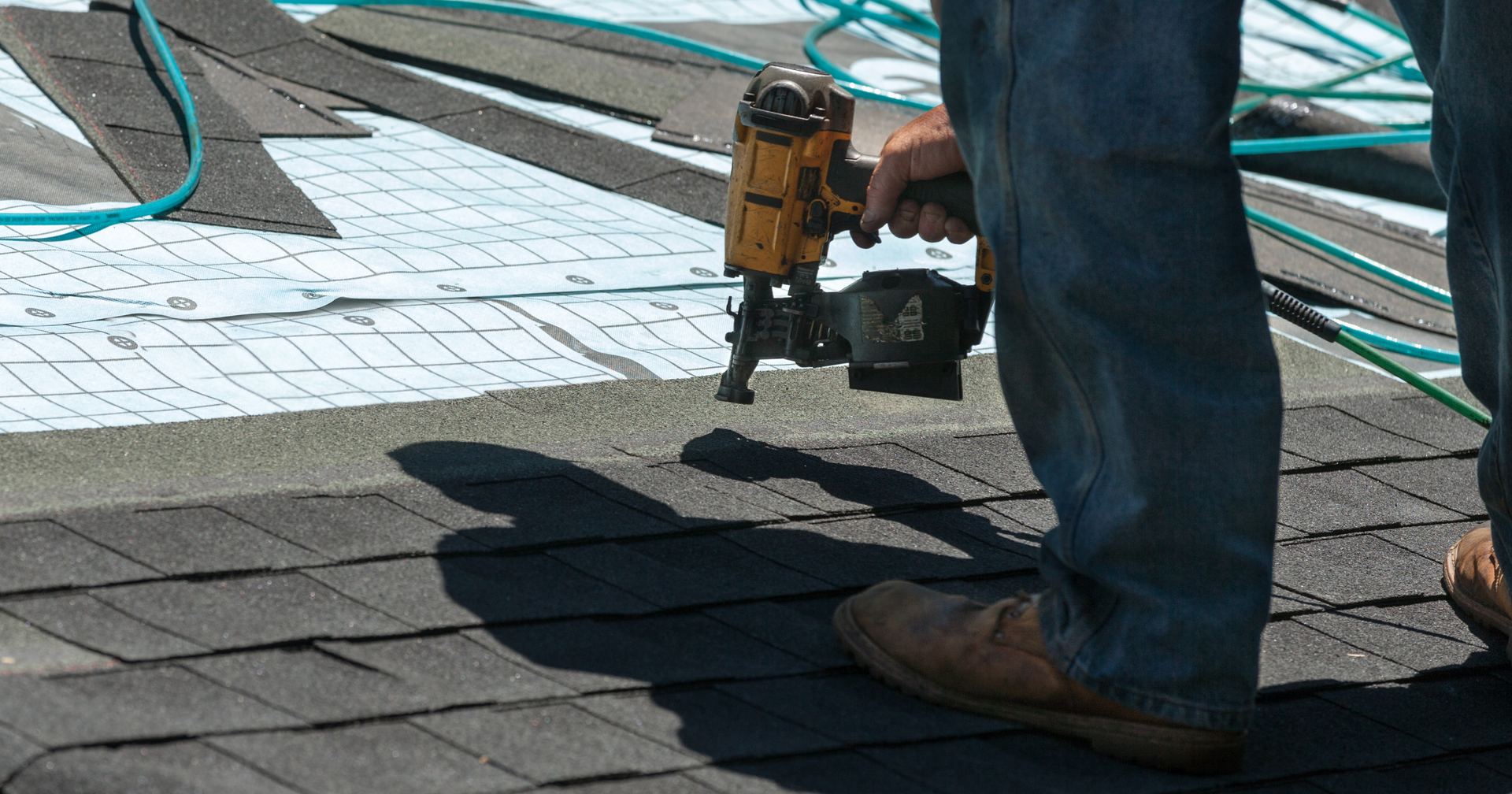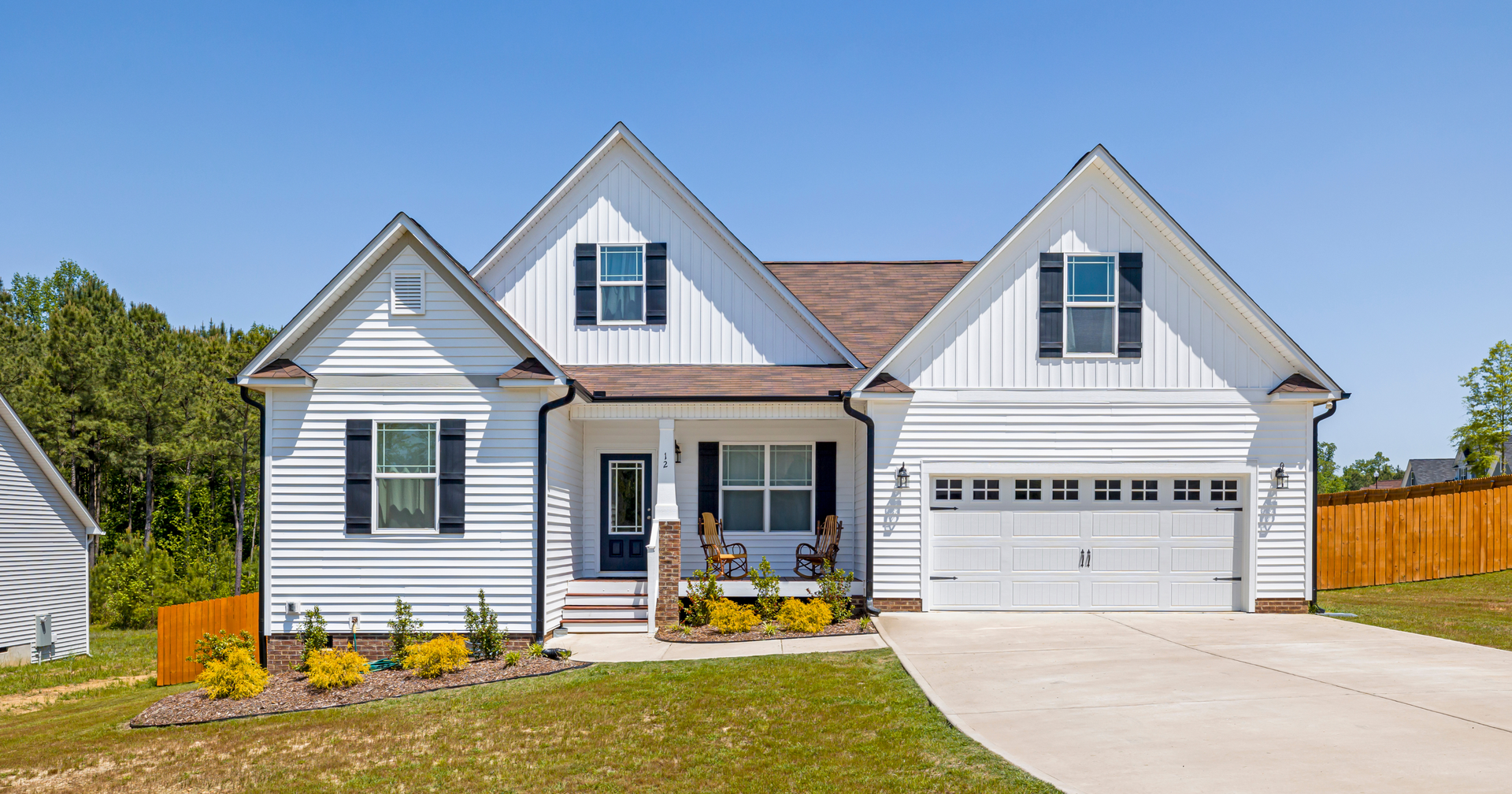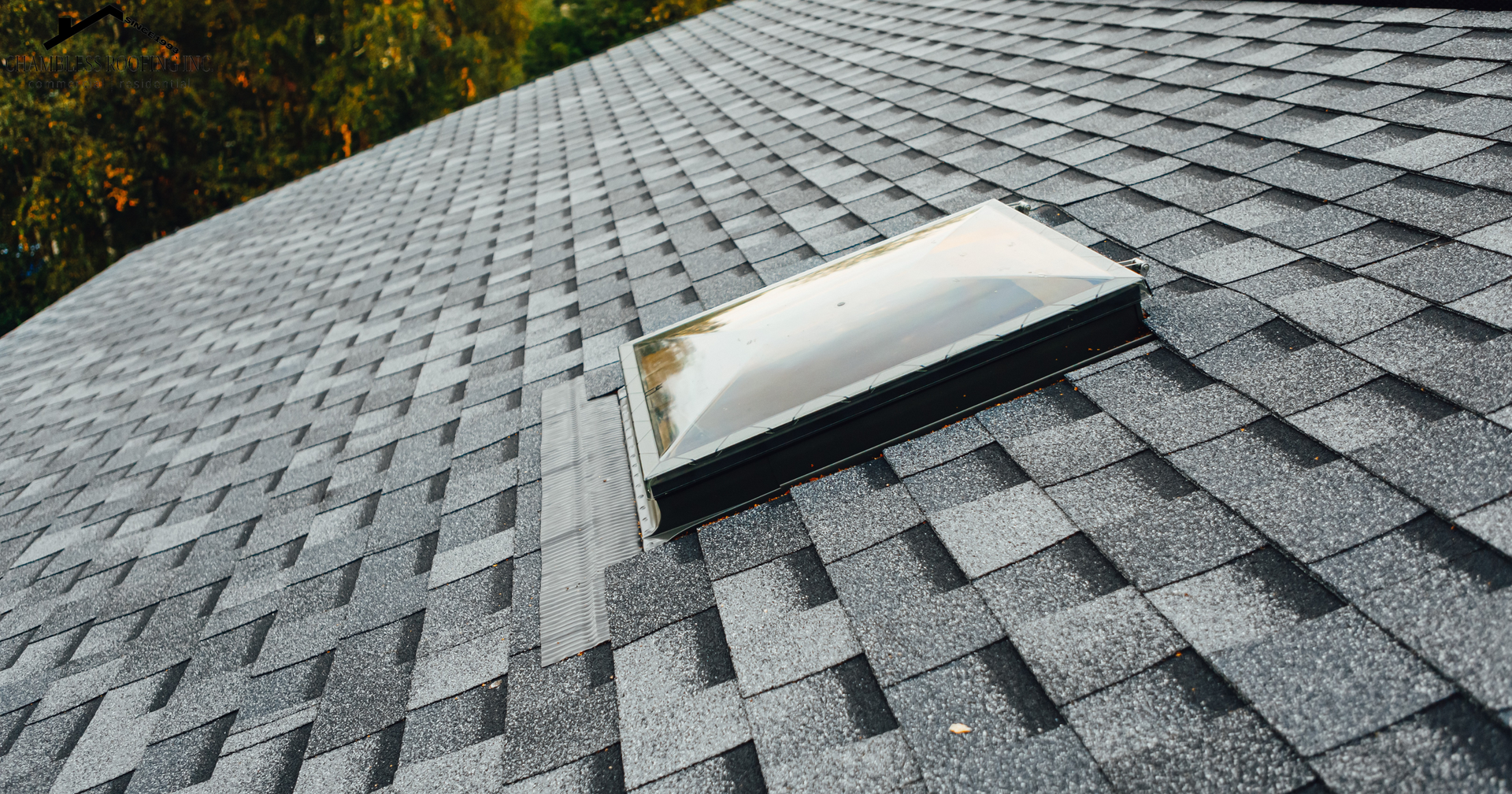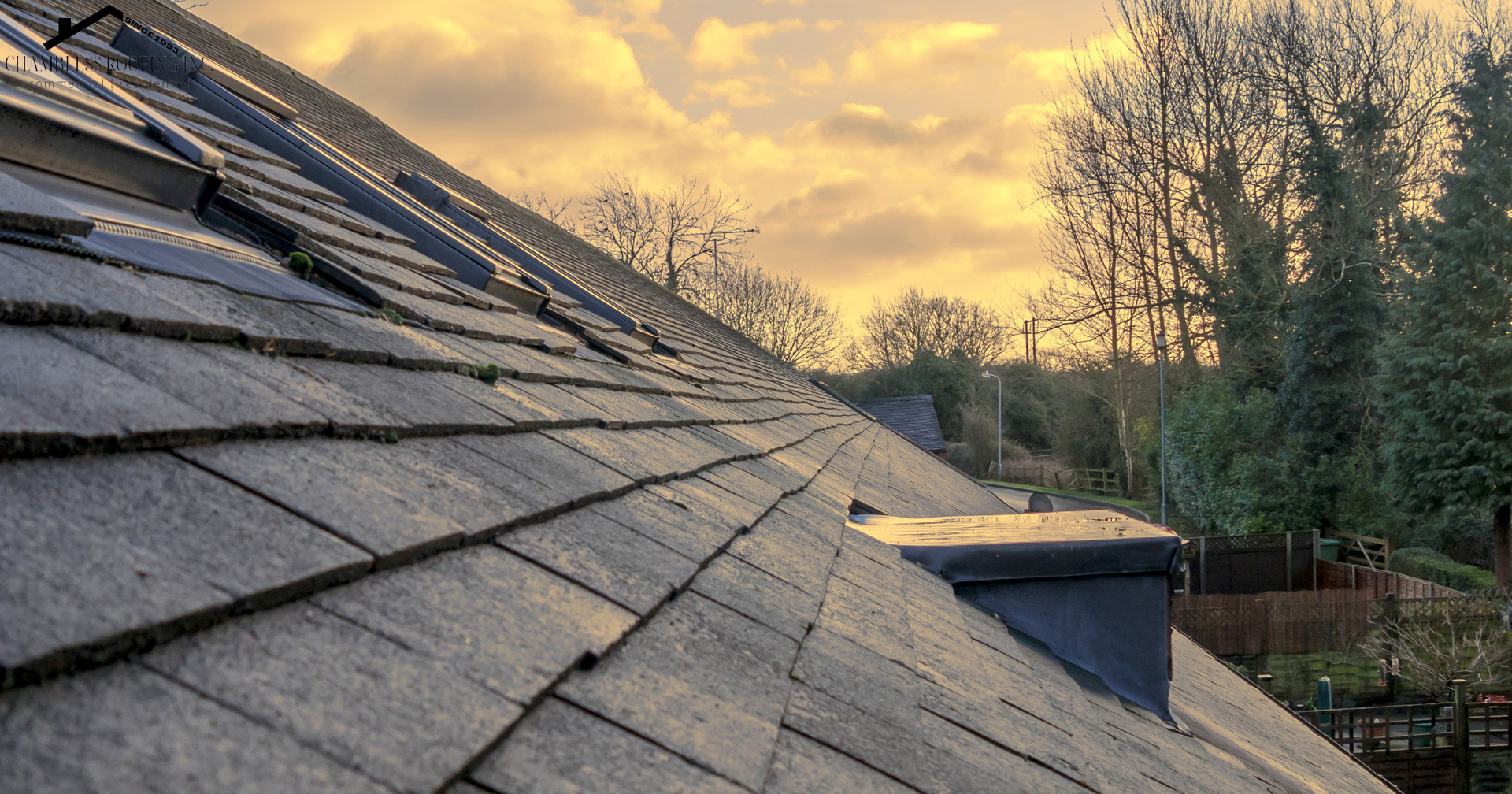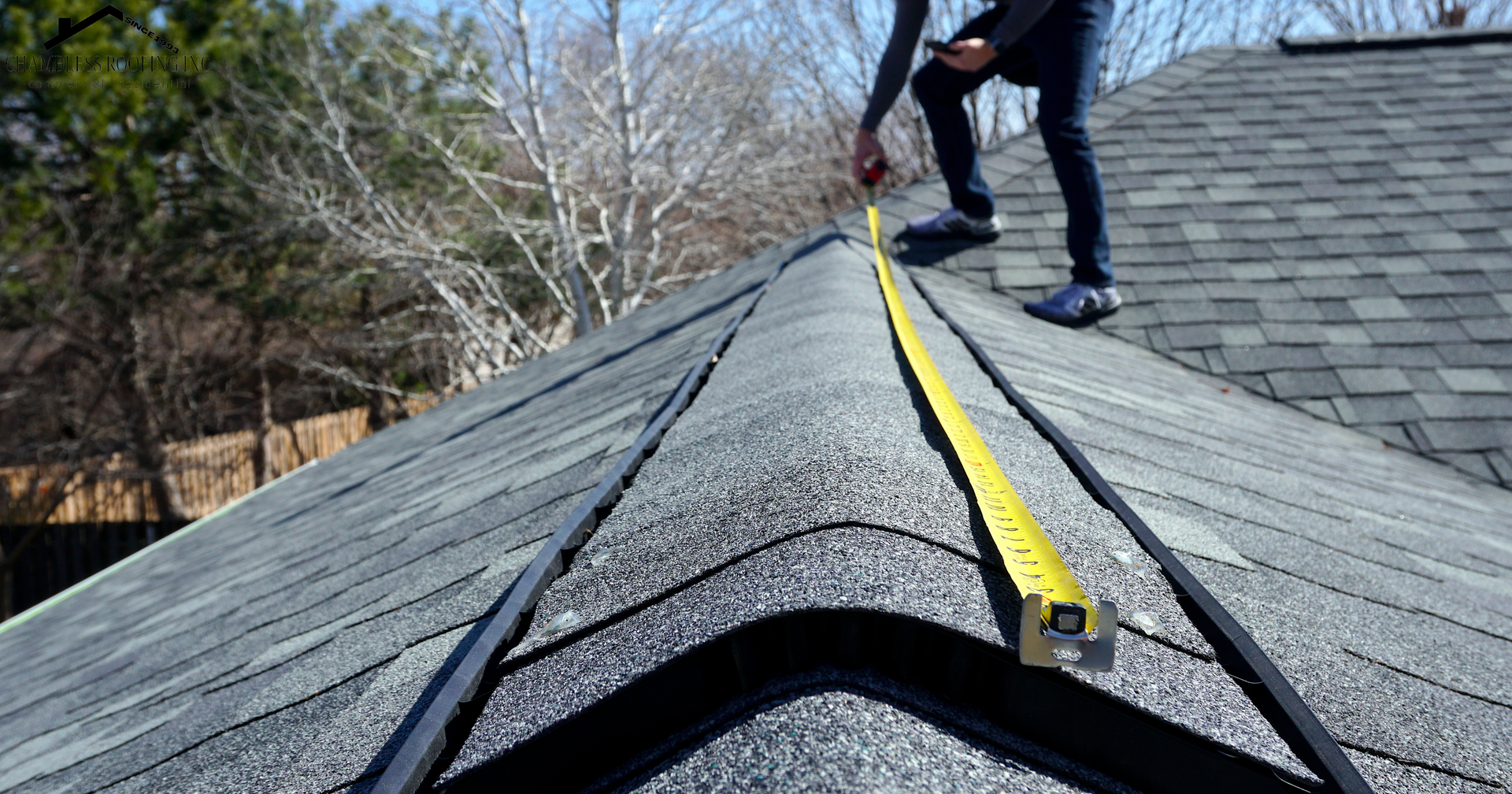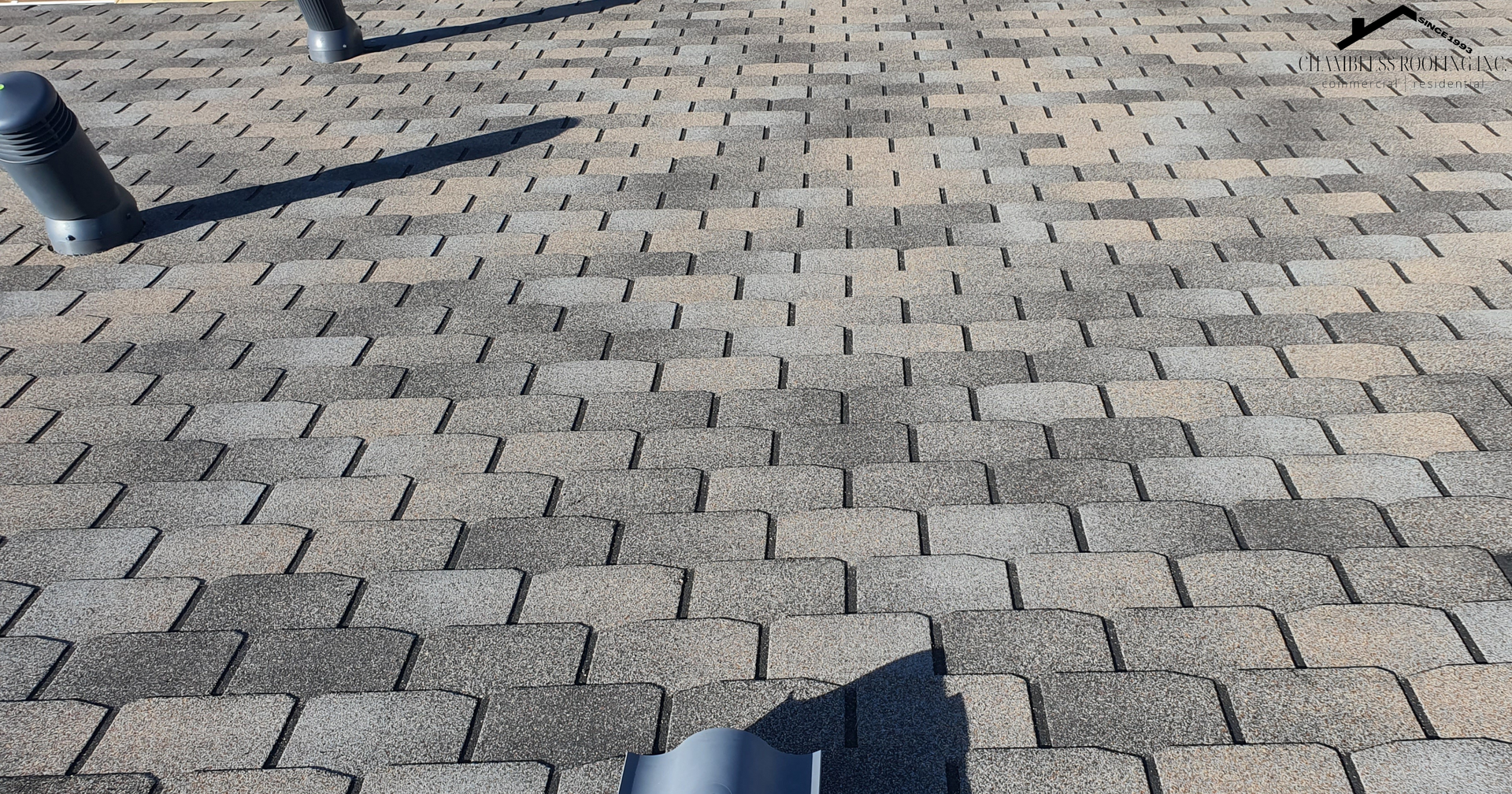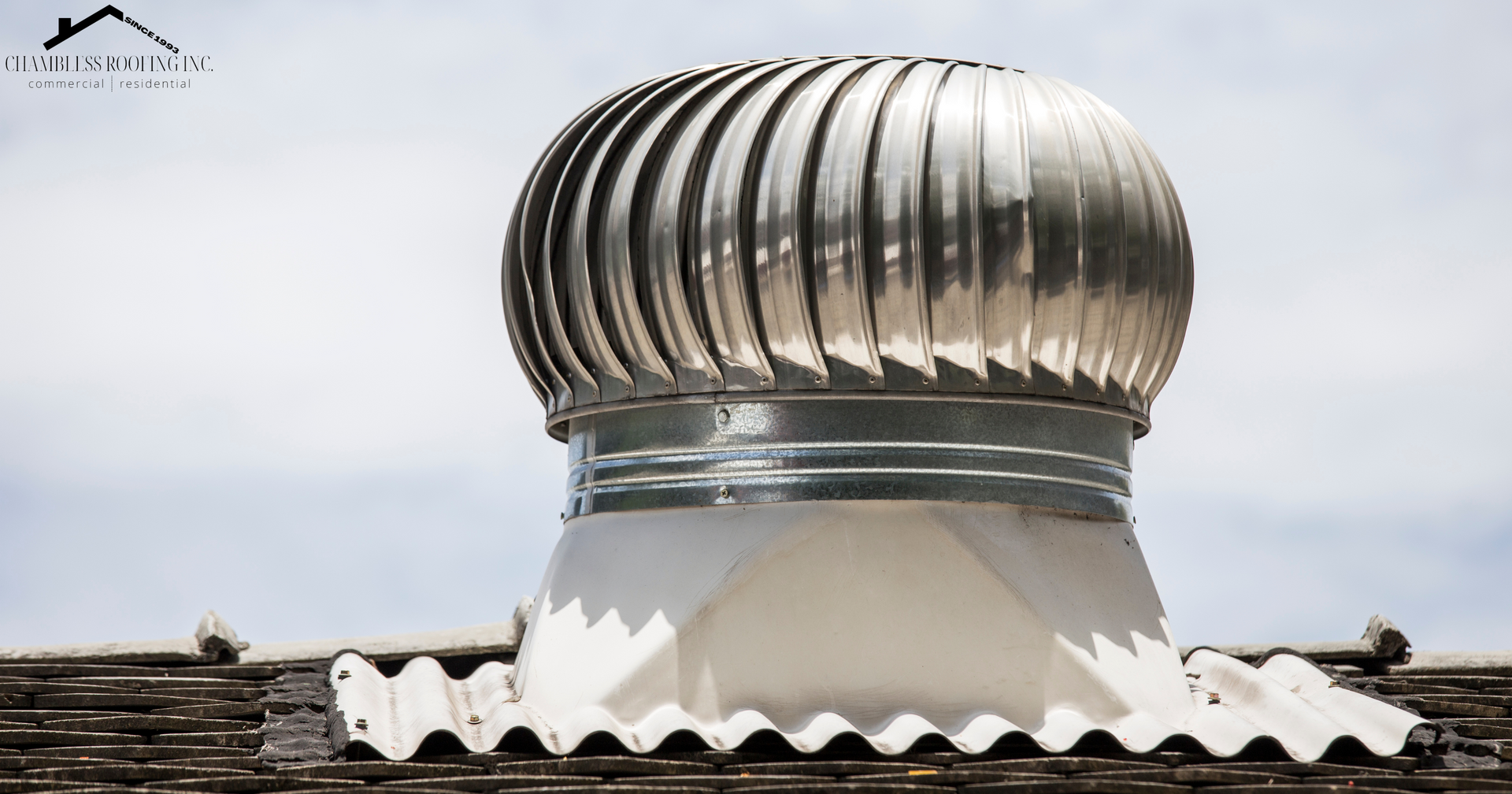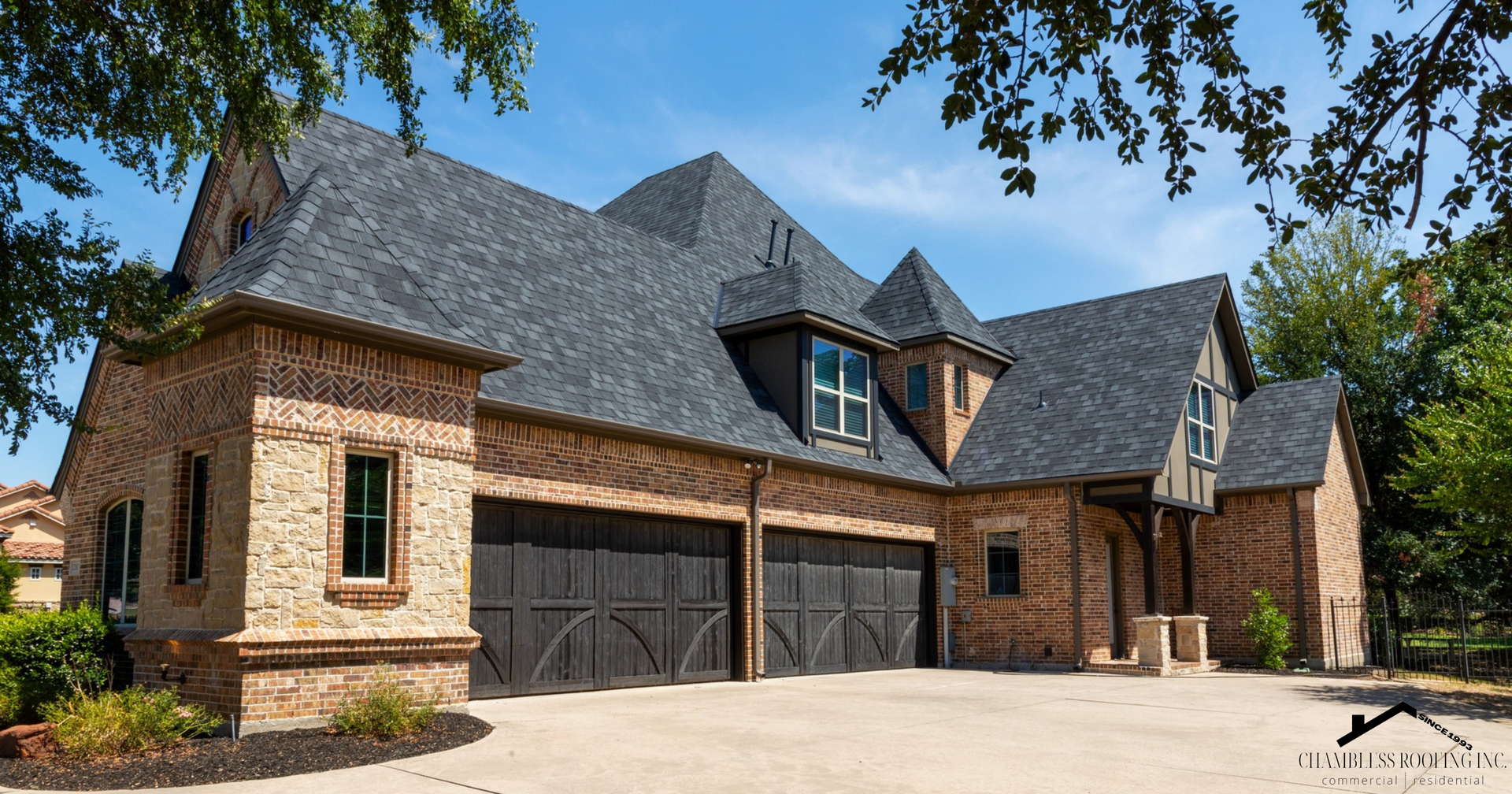Understanding Flat Roofing Systems: Pros, Cons, & Maintenance
Exploring the Features and Considerations of Flat Roofing
Flat roofing systems offer unique advantages and considerations compared to traditional pitched roofs. From commercial buildings to modern residential designs, flat roofs are increasingly popular for their versatility and aesthetic appeal.
Pros of Flat Roofing Systems:
- Cost-Effectiveness: Flat roofs typically require fewer materials and less labor to install compared to pitched roofs, making them a cost-effective option for both new construction and roof replacement projects.
- Versatility: Flat roofs provide versatile spaces that can be utilized for various purposes, such as rooftop gardens, outdoor living areas, or solar panel installations. Their horizontal surface allows for creative design possibilities and maximization of usable space.
- Accessibility: Unlike pitched roofs, which can be challenging to access and maintain, flat roofs are easily accessible for routine inspections, maintenance, and repairs. This accessibility can lead to lower maintenance costs and easier upkeep over the lifespan of the roof.
Cons of Flat Roofing Systems:
- Drainage Issues: Flat roofs are prone to water pooling and drainage issues, especially if not properly designed or maintained. Standing water can accelerate roof deterioration and lead to leaks, mold, and structural damage over time.
- Durability Concerns: Flat roofing materials may be more susceptible to damage from weathering, UV exposure, and foot traffic compared to pitched roofing materials. Regular maintenance and inspections are essential for identifying and addressing potential issues before they escalate.
- Limited Insulation Options: Flat roofs typically have limited space for insulation compared to pitched roofs, which can affect energy efficiency and indoor comfort. Proper insulation and ventilation strategies are crucial for mitigating heat loss and preventing moisture buildup.
Maintenance Considerations:
- Regular Inspections: Routine inspections are essential for identifying potential issues early on and preventing costly repairs. Inspect the roof surface, flashing, and drainage system regularly for signs of damage, deterioration, or debris buildup.
- Prompt Repairs: Address any issues or damage promptly to prevent further deterioration and protect the integrity of the roof. Repair damaged flashing, sealant, or membrane as soon as possible to minimize the risk of leaks and water damage.
- Professional Maintenance: Consider hiring a professional roofing contractor like Chambless Roofing for regular maintenance and inspections. Experienced contractors can identify potential issues and implement preventive measures to extend the lifespan of your flat roof.
Flat roofing systems offer unique advantages and considerations for homeowners and commercial property owners alike. Understanding the pros, cons, and maintenance requirements of flat roofs is essential for making informed decisions about roofing materials and design. With proper maintenance and care, flat roofs can provide durable, cost-effective solutions for a wide range of architectural styles and applications. Trust Chambless Roofing for expert guidance and professional services to ensure the longevity and performance of your flat roof. Contact us today to schedule a consultation and learn more about our flat roofing solutions.

